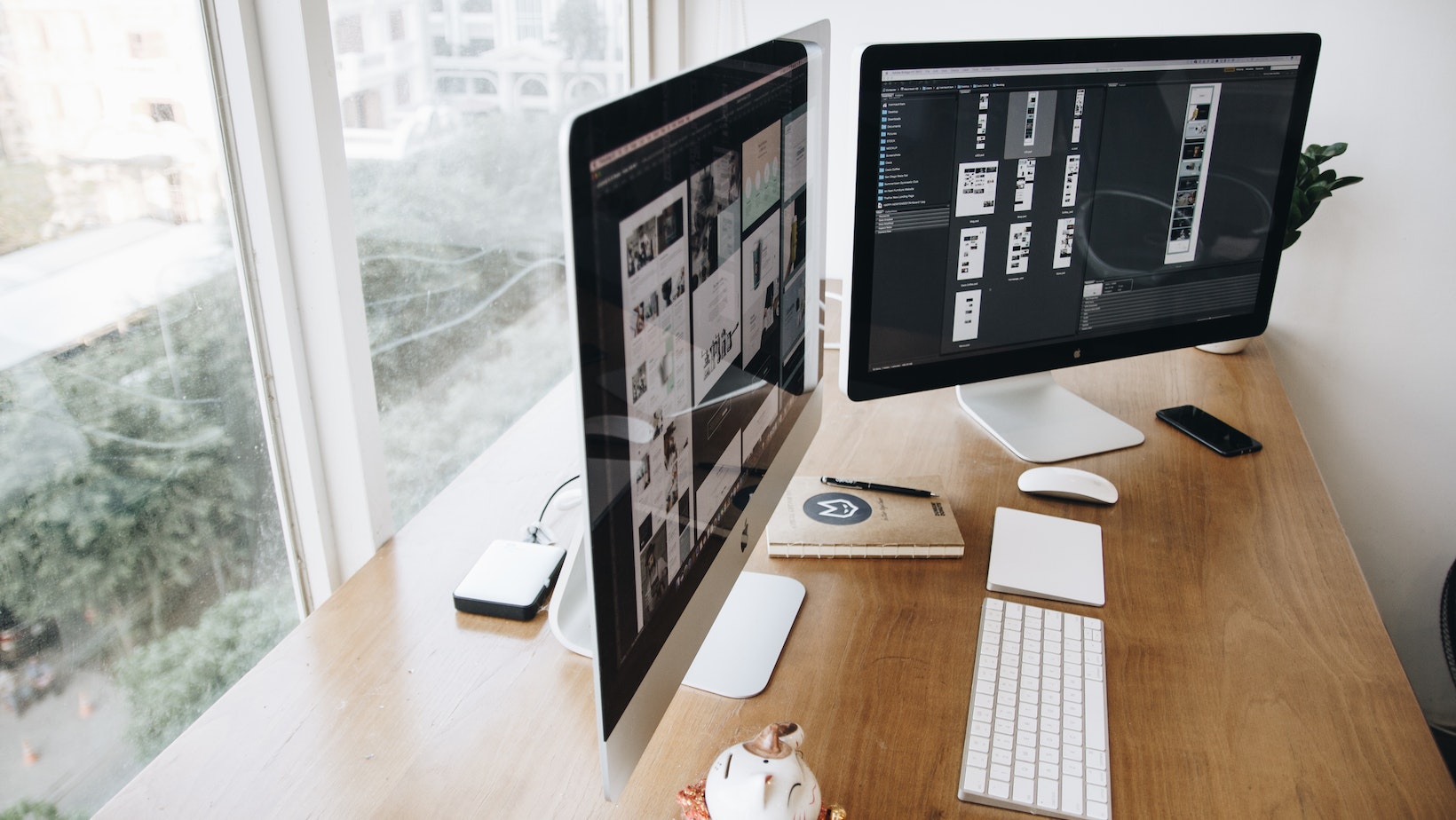Looking to create 3D letters in Illustrator? You’ve come to the right place! In this article, I’ll guide you through the step-by-step process of making stunning 3D letters using Adobe Illustrator.
Table of Contents
ToggleHow to Make 3D Letters in Illustrator
When it comes to creating 3D letters in Illustrator, choosing the right font is crucial. The font you select can greatly impact the overall look and feel of your design. In this section, we’ll explore different types of fonts suitable for 3D letters, considerations when choosing a font, and the impact of font style on the final result.
Different Types of Fonts Suitable for 3D Letters
When selecting a font for your 3D letters, it’s important to consider its suitability for three-dimensional rendering. Here are a few types of fonts that work well:
- Bold and Chunky: Fonts with thick strokes and strong presence tend to create visually impactful 3D lettering. Think of bold sans-serif or slab serif fonts like Impact or Bebas Neue.
- Script or Calligraphic: For an elegant touch, script or calligraphic fonts can add depth and sophistication to your 3D letters. These flowing styles can be particularly effective when used sparingly.
- Decorative or Display: If you’re looking to make a statement with your 3D lettering, decorative or display fonts offer endless possibilities. These unique and eye-catching fonts come in various shapes and styles.
Remember that legibility is key when working with any typeface – even in three dimensions! It’s essential to strike a balance between creativity and readability.
Considerations When Choosing a Font for 3D Lettering
Selecting the perfect font involves more than just picking something visually appealing; you also need to consider its suitability for various contexts:
- Brand Consistency: If you’re creating 3D letters as part of a brand identity project, ensure that the chosen font aligns with your brand’s personality and values.
- Readability: While experimentation is encouraged, prioritize legibility in your design by opting for fonts that are easily readable at different sizes and angles.
- Intended Use: Consider the purpose of your 3D lettering – is it for a logo, signage, or a digital graphic? Different contexts may require different font characteristics.
By keeping these considerations in mind, you can choose a font that not only looks great but also serves its intended purpose effectively.

Adding Highlights and Reflections
Choosing the right highlights for your 3D letters When selecting highlights for your 3D letters, it’s important to consider factors such as light source, letter shape, and material properties. The goal is to mimic how light interacts with different surfaces in the real world. Here are a few techniques to keep in mind:
- Gradient highlights: Apply gradient fills that transition from a lighter shade at one end to a darker shade at the other end of each letter. This technique adds depth and emphasizes the contours of your design.
- Inner shadows: Use inner shadows sparingly to simulate areas where light may be blocked or absorbed by surrounding elements or overlapping parts of the letters.
Adding highlights to enhance the dimension of your 3D letters To make your 3D letters truly pop off the page, consider applying highlights strategically:
- Specular highlights: These bright spots represent direct reflections of light sources on glossy or reflective surfaces. Place them on curved areas where light would hit directly.
- Rim lighting: Mimic the effect of light hitting the edges or corners by adding subtle strokes or gradients along those areas. This helps define shapes and adds realism.
Exploring different techniques for creating realistic reflections Creating believable reflections can add an extra layer of authenticity to your 3D lettering:
- Mirror reflection: For highly reflective materials like polished metal or glass, duplicate each letter vertically and flip it upside down beneath itself while adjusting opacity accordingly.
- Surface reflections: Simulate less perfect reflections on matte surfaces by using gradient overlays that resemble their surroundings but with reduced opacity.
Remember, practice makes perfect when it comes to adding highlights and reflections to your 3D letters in Illustrator. Experiment with different techniques, adjust opacity levels, and observe how light interacts with various materials in real life. By mastering these skills, you’ll take your lettering creations to the next level of visual appeal and realism.






